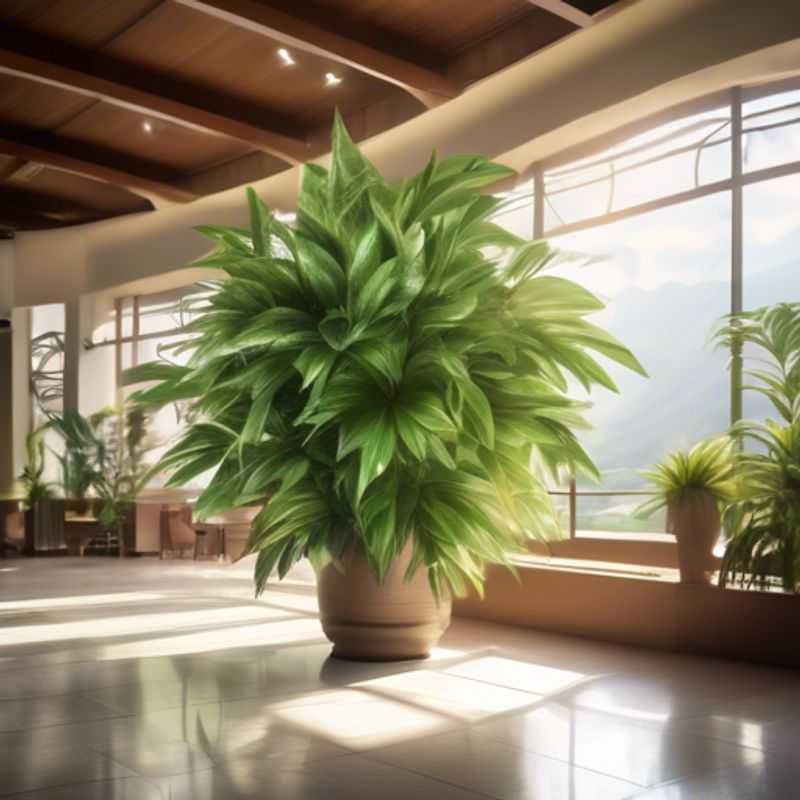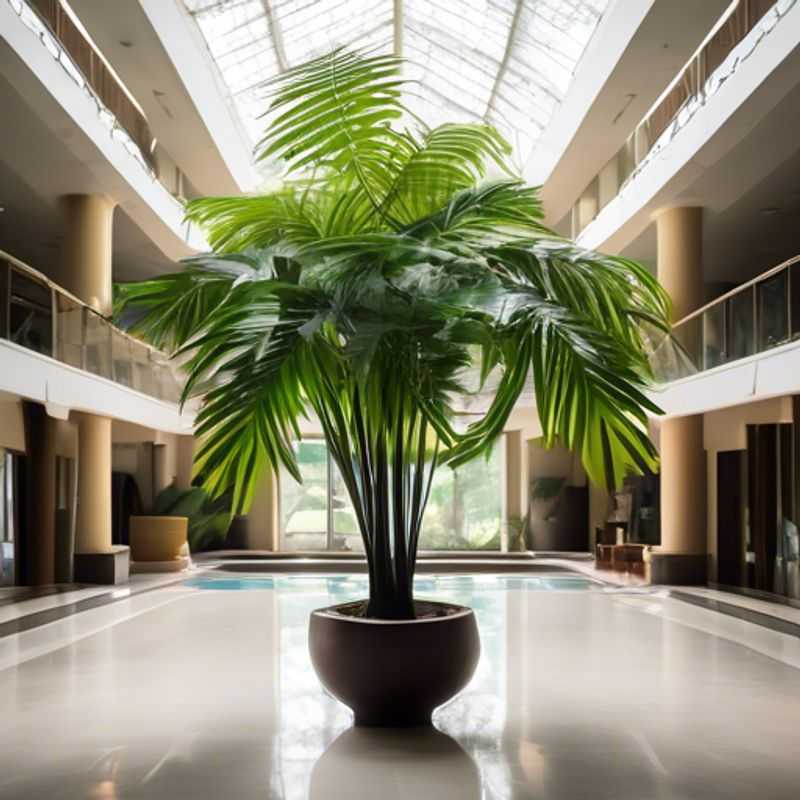Top 4 Things to Know Before Buying a Large Indoor Plant

Measure the Space, Consider Lighting, Research Care Requirements, Factor in Weight
Bringing a large indoor plant into your home can transform your space, adding life, color, and a sense of tranquility. However, before you rush out to buy the biggest, most impressive specimen you can find, there are a few crucial considerations to make. Here are the top four things to keep in mind before bringing a large indoor plant home:
1. Measure the available space carefully to ensure the plant will fit. Don't just consider the plant's current size but also its potential for growth. Indoor plants, especially larger ones, can grow quite a bit, and you don't want to find yourself with a plant that's too big for its designated spot.
2. Consider the lighting conditions in the room where the plant will be placed. Each plant species has specific light requirements. Some thrive in bright, direct sunlight, while others prefer filtered light or even low-light conditions. A mismatch between the plant's needs and your home's lighting can lead to stunted growth, discoloration, or even death. A good rule of thumb is to research the plant's needs before purchasing it and then select a location accordingly.
3. Research the specific care requirements for the type of large indoor plant you're considering. This includes factors like watering frequency, humidity levels, soil type, and potential pest issues. Understanding a plant's care needs will help you provide the optimal environment for it to thrive and prevent any unnecessary complications. Remember, plants are living organisms and require attentive care.
4. Factor in the weight of the plant and the container when planning the placement.

Measure Twice, Plant Once: Sizing Up Your Green Space
Before bringing home a new plant, carefully measure the space you plan to put it in. This includes the height, width, and depth of the area. Consider any obstacles like furniture, walls, or windows. Make sure the plant's mature size will fit comfortably within the space. You'll need room for the plant to grow and thrive. Think about the long-term needs, such as light and humidity. Don't forget to factor in space for watering and maintenance.

Lighting Conditions: Choosing the Right Spot for Your Plant
Knowing how much light your plants need is crucial for their health. Different plants have different light requirements.
Start by understanding the light levels in your home. Consider the direction of your windows, the time of day, and the amount of shade cast by other objects.
For plants needing bright light, placing them near south-facing windows is ideal. Low-light plants can thrive in rooms with less direct sunlight, like those with north-facing windows.
Don't be afraid to experiment! You can use artificial lights like grow lamps for plants that require a lot of light. These are particularly helpful during winter when natural light levels are low.
Remember to rotate your plants regularly so all sides receive adequate light and to observe their growth to ensure they're getting the right amount of light.

Understanding the Care Requirements of Large Indoor Plants
Large indoor plants can dramatically enhance the aesthetics and air quality of your home or office, but they require careful attention to thrive. Before bringing a large indoor plant home, research its specific needs to ensure successful growth.
Light Requirements: Start by understanding the plant's light preference. Some plants thrive in bright, indirect light, while others tolerate low light conditions. Knowing this will determine the ideal placement in your home.
Watering Frequency: Plants need different amounts of water. Overwatering is a common cause of plant death, so determine the plant's ideal watering schedule. Check the soil moisture with your finger to gauge if it's dry enough to water.
Humidity: Some plants require higher humidity levels than others. If you live in a dry climate, you may need to use a humidifier or mist your plant regularly.
Temperature: Most indoor plants prefer temperatures between 65-75°F. Be mindful of drafts and extreme temperature fluctuations.
Fertilizer: Indoor plants require nutrients. Use a balanced fertilizer specifically formulated for indoor plants, following the instructions on the label. Fertilize your plants during the growing season, typically spring and summer.
Pruning: Regular pruning helps maintain a healthy shape and encourages bushier growth. Learn the proper pruning techniques for your specific plant.
Repotting: As your plant grows, it may require repotting into a larger container. Repotting provides more space for the roots and ensures proper drainage.
Pests and Diseases: Be aware of common pests and diseases that can affect your plant. Inspect your plant regularly and address any issues promptly.
By researching and understanding the specific care requirements for your large indoor plant, you can ensure its health and longevity, creating a vibrant and beautiful addition to your space.

Don't Get Weighted Down: Planning for Plant and Container Weight in Placement
When planning where to place a plant, don't forget to factor in the combined weight of the plant and its container. This is especially crucial for large plants or containers, as they can be quite heavy and potentially cause damage if placed in an unsuitable location.
Consider these factors:
• **Floor Strength:** Ensure the floor can support the weight of the plant and container. A weak floor could lead to cracking or even collapse.
• **Furniture Stability:** Make sure the plant doesn't obstruct or put excessive weight on furniture, especially fragile pieces.
• **Accessibility:** You might need to move the plant for maintenance or cleaning. Choose a spot that allows for easy access.
• **Sunlight Exposure:** Plants need sunlight, but placing a heavy plant on a balcony or windowsill could pose safety risks. Consider alternative placements for large plants, especially in areas with strong winds.
Remember, it's always best to err on the side of caution. If you are unsure about a placement, it's better to consult a professional for advice.
